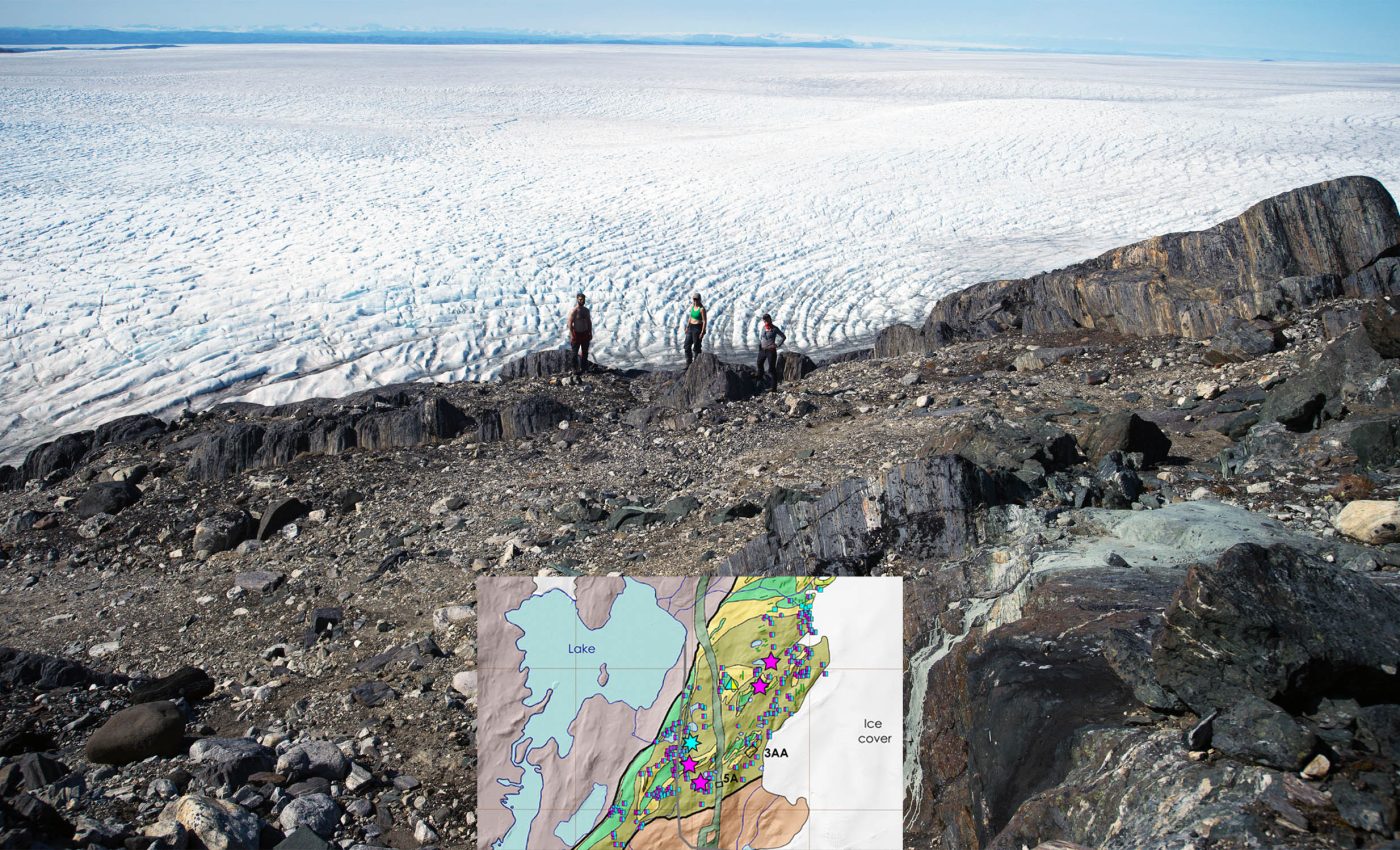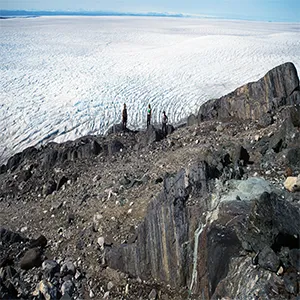
Rocks found in Greenland contain the oldest traces of Earth’s magnetic field ever seen
Earth’s magnetic field protects the air above us and the ground beneath our feet. It steers charged particles from the Sun away from the atmosphere and powers auroras. Researchers often call the magnetic field signals locked in rocks and ancient minerals Earth’s earliest “weather report.”
Geologists from MIT and Oxford University have discovered ancient rocks in Greenland that preserve the oldest known traces of Earth’s early magnetic field.
Their measurements show that this shield was already operating about 3.7 billion years ago and had enough strength to influence surface conditions.
The evidence comes from the Isua Supracrustal Belt (ISB) in southwest Greenland. The study set a clear goal: to demonstrate that the magnetization in these rocks is truly that old and to quantify the field’s strength at the time.
Importance of Earth’s magnetic field
A global field weakens the solar wind’s grip on the upper atmosphere. Without it, more gas escapes to space and more energetic particles hit the air directly.
The young Sun sent a stronger solar wind and more bursts of radiation than today, so any magnetic protection during that era carried extra weight for oceans and climate.
“The magnetic field is, in theory, one of the reasons we think Earth is really unique as a habitable planet,” says Claire Nichols, a former MIT postdoc who is now an associate professor of the geology of planetary processes at Oxford University.
“It’s thought our magnetic field protects us from harmful radiation from space, and also helps us to have oceans and atmospheres that can be stable for long periods of time.”
The study examined banded iron formations, or BIFs. These layers formed on the seafloor as iron and silica settled from ancient seawater.
Iron oxides such as magnetite can behave like tiny compasses when they form or chemically grow. Their alignment preserves both direction and, in the right tests, a clue to the field’s strength.
Rocks do not sit quietly for billions of years. Burial, heat, pressure, and fluids can reset magnetic memories. Showing that a signal is ancient – not a later overprint – is the central challenge.
Measuring magnetic fields in rocks
Field crews drilled oriented cores and documented each site. In the lab, they used progressive demagnetization to strip away unstable or younger components step by step and reveal the most resistant component.
What remained at the end was the most resistant magnetization, the “hardest” component.
To estimate intensity, they used the pseudo-Thellier paleointensity method. First, they tracked how the natural magnetization weakened during demagnetization.
Then, they applied a known field and measured how a new magnetization grew during the same treatment.
By comparing how the “old” magnetization faded and how the “new” one grew, they estimated the original field. This approach performs well when magnetization forms chemically, not only during cooling from a melt.

What the numbers say
With the pseudo-Thellier method, the team isolated high‑coercivity components from a small set of clean, well‑behaved specimens.
Those specimens yielded lower‑limit estimates of surface field strength around 15–17 microtesla. For comparison, Earth’s surface field today typically ranges from 25–65 microtesla depending on location.
Because the magnetization is chemical, the values serve as lower bounds.
Chemical remanent magnetization tends to under‑record the actual field strength compared to thermal remanent magnetization. The true ancient field could have been stronger than the estimates.
Meaning for earth’s core
A measurable field at that time means the geodynamo already operated in the liquid outer core. The solid inner core likely formed much later.
Power sources then differed from today, relying on high heat flow and chemical buoyancy as light elements separated within the core. Those conditions fit independent views of Earth’s early thermal budget.
This timing and strength help modelers test scenarios for core composition and cooling rates.
A functioning dynamo that early constrains how quickly heat moved from the core into the mantle and how the mantle transported that heat toward the surface.
![A simplified geological map [after Nutman and Friend (2009)] depicts the northeastern part of the ISB. The two smaller maps show the entire extent of the ISB and its location in Greenland. Credit: JGR](https://cff2.earth.com/uploads/2025/11/17110433/greenland-rocks_ISB-map_oldest-traces-earth-magnetic-field_JGR-MIT_1s.webp)
Magnetic field lessons from rocks
A moderate magnetic field on early Earth would have limited atmospheric loss while the Sun was more active. Even if some escape still occurred, deflection of charged particles would have reduced the rate.
That protection supports the persistence of oceans and more stable surface conditions across long spans of time.
Comparisons across the solar system add context without stretching the data. Mars lacks a global field today and shows signs of extensive atmospheric loss. Venus lacks an internal global field and follows a different path.
The Greenland ISB record adds a key data point to this broader picture.
Together, the field tests, thermal modeling, and lab intensity estimates indicate a genuine ancient magnetic signal in Greenland’s BIFs and a measurable surface field.
This evidence helps explain how Earth kept its air during a harsher solar era and informs models of core evolution and atmospheric stability on rocky planets.
The full study was published in the journal JGR Solid Earth.
—–
Like what you read? Subscribe to our newsletter for engaging articles, exclusive content, and the latest updates.
Check us out on EarthSnap, a free app brought to you by Eric Ralls and Earth.com.
—–













